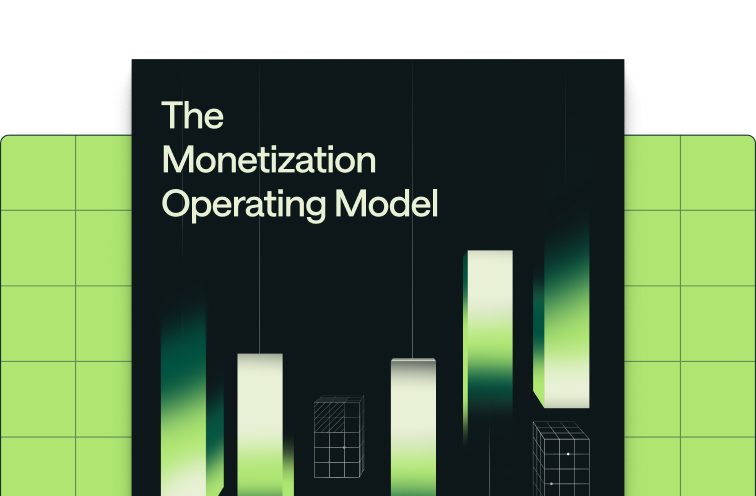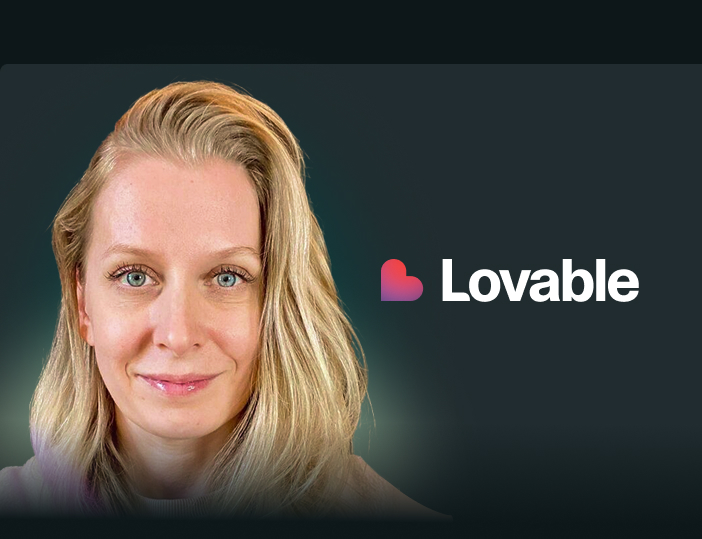Share
Interview with Haney Badran, Founding Product Designer, and Scott Woody, Co-founder & CEO of Metronome.
Decades into the SaaS revolution, there still isn’t a good billing system for software. These systems are error-prone, inflexible, and opaque to internal and external consumers. That’s why we created Metronome. Our mission is to revolutionize billing by providing all software businesses a flexible, transparent, and customer-centric billing experience. In this interview, Scott, Metronome's CEO, and Founding Designer, Haney Badran, discuss their vision for billing and the critical role of design in executing it.
Scott, why do you care so much about design at Metronome?
The fun thing about billing is that it’s a deeply challenging space, and it’s incredibly important to the end customer. Done correctly, billing is the system that clearly and concisely explains the value the end user is getting and the money they owe for that value. Done poorly, pricing and packaging becomes hard to reason about, and invites users to look for alternative solutions.
My favorite example of billing design is the phone call statements from the ‘90s. Back then, you’d sign up for AT&T and agree to pay 10 cents per text message. Every month, you’d get a fat envelope filled with dozens of pages logging every phone call and text message. These logs were part of the design of the cell phone billing system. They were integral to building trust with the end user so that you’d happily continue paying 10 cents per text message.
What is the modern software equivalent of those call records? How do we build software that preserves the power and flexibility of modern business models but remains grokkable by end customers?
In 2024, we need a sleek solution that builds that trust, communicates a product's value, and is technically efficient for internal and external users alike. This makes design one of the most critical parts of Metronome.

Could you share more about our design process and core design principles?
In my experience, good design starts and ends with the customer. Our design process is intended to discover the core problems that our users face and then seek to identify solutions to those problems. Fortunately, our users are some of the fastest-growing companies on Earth, and their problems are legion. As with most things in startups, there is a power-law to customer problems—so our job is primarily to listen really hard and use our judgment to identify the truly important problems in billing. Our design process is built to make this easier:
- Deep user understanding: We immerse ourselves in our customers' worlds to understand their pain points and workflows. This helps us intuitively understand which problems are most critical.
- Cross-functional work: Design is a team sport, and we work closely with engineering, product, and go-to-market teams to better understand users and deliver great experiences across product and brand.
- Iterative development: As a start-up, speed is critical. Our problem space is wide and deep, and the only way to truly deliver a world-class experience is by iterating & holding a high-quality bar.
We’ve also developed a set of product principles to help make sure that design is at the heart of our work:
- Empower the user: Give non-technical users the ability to make pricing changes and run product launches autonomously.
- Reduce complexity: Simplify highly complex problems with intuitive design—without sacrificing flexibility and power.
- Build trust: Provide transparency to the customer in order to build confidence in billing.

What makes product and product design particularly interesting at Metronome?
We are trying to build a universal billing system—one that enables companies to adopt any business model on earth, even ones that have yet to be invented. How is this even possible? What is the right interface for a general-purpose billing system? How do we make our product powerful and easy to use at the same time?
These are the problems that product design has to solve at Metronome. Ultimately, Metronome will enable companies to maximize their revenue with purpose-built tools for identifying and adopting any pricing model.

Why is solving design challenges at Metronome uniquely interesting or hard?
The hardest part of design at Metronome is the scale and velocity of our company. We 5x’ed last year, and despite being four years old we are one of the largest billing systems on earth (we bill more than most public companies—measured in dollars or invoices). We hire folks who can thrive in this environment - and are excited to explore complex problems and ship high-quality products, quickly.
One of our core values is being “scrapmatic”—a portmanteau of scrappy and pragmatic. It’s meant to encode a core tension at Metronome— that means you need to deeply consider the long term while simultaneously shipping something today. Doing both of these things at the same time is completely ridiculous and fun, and a key part of being successful at Metronome.
What’s on the horizon for Metronome’s product? Why is now the time for us to have a design leader?
Honestly, we’re overdue. When I stepped into the CEO role in March, I took an inventory of where we needed leadership most—and it was clear that to hit our ambitious goals we needed to have a world-class design team. We already have some great people on the design team, but they need someone who can lead creatively and strategically, and I need a partner to help put a strong stake in the ground around what billing can be. This is a time for a visionary to come on and help take Metronome's product to the next level while building a phenomenal, creative organization. Metronome's mission is clear: reinvent billing through exceptional design. By placing user empowerment at the forefront and solving deeply technical problems with elegant solutions, Metronome is set to transform how businesses manage their billing, making it more accessible, transparent, and scalable.







%2520(1)%2520(1).png)
%25202%2520(1).png)


